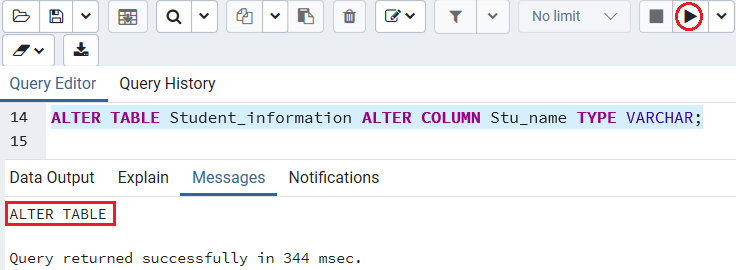

When entering bytea values in escape format, octets of certain values must be escaped, while all octet values can be escaped. Therefore, this format should probably be avoided for most new applications. But in practice it is usually confusing because it fuzzes up the distinction between binary strings and character strings, and also the particular escape mechanism that was chosen is somewhat unwieldy. If, from the point of view of the application, representing bytes as characters makes sense, then this representation can be convenient. It takes the approach of representing a binary string as a sequence of ASCII characters, while converting those bytes that cannot be represented as an ASCII character into special escape sequences.

The “ escape” format is the traditional PostgreSQL format for the bytea type. The input format is different from bytea, but the provided functions and operators are mostly the same. The SQL standard defines a different binary string type, called BLOB or BINARY LARGE OBJECT. (Note that the hex format was introduced in PostgreSQL 9.0 earlier versions and some tools don't understand it.) The output format depends on the configuration parameter bytea_output the default is hex.

Both of these are always accepted on input. The bytea type supports two formats for input and output: “ hex” format and PostgreSQL's historical “ escape” format. In short, binary strings are appropriate for storing data that the programmer thinks of as “ raw bytes”, whereas character strings are appropriate for storing text. Second, operations on binary strings process the actual bytes, whereas the processing of character strings depends on locale settings. Character strings disallow zero octets, and also disallow any other octet values and sequences of octet values that are invalid according to the database's selected character set encoding. First, binary strings specifically allow storing octets of value zero and other “ non-printable” octets (usually, octets outside the decimal range 32 to 126). Binary strings are distinguished from character strings in two ways.
#Change data type in postgresql plus#
1 or 4 bytes plus the actual binary stringĪ binary string is a sequence of octets (or bytes).


 0 kommentar(er)
0 kommentar(er)
